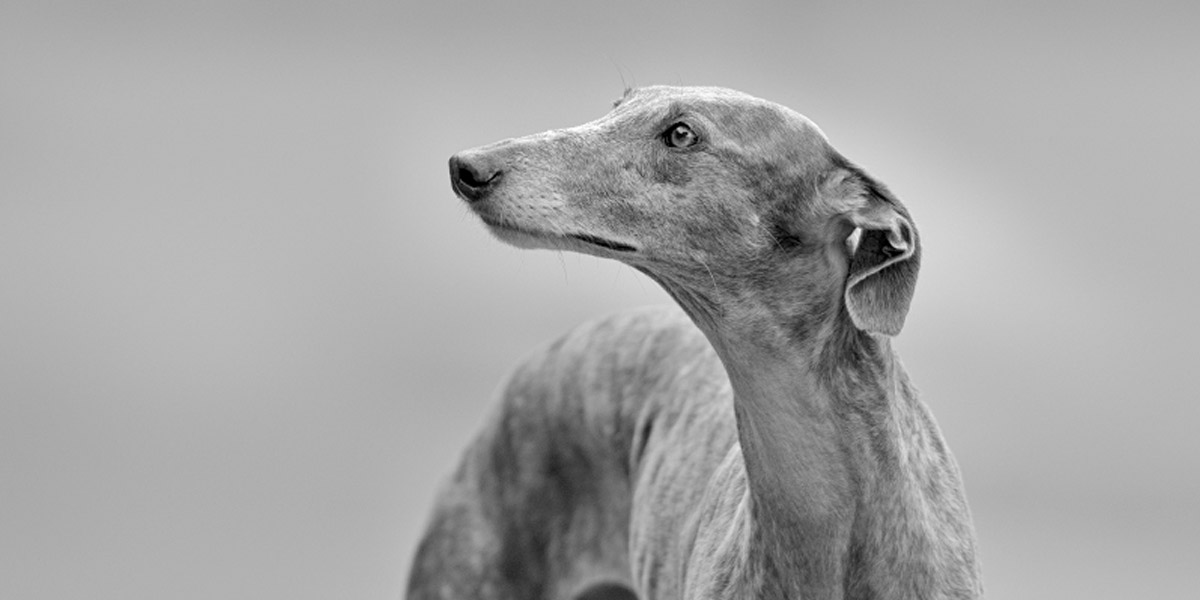University of Adelaide used 34 greyhound cadavers (22 male, 12 female) in an attempt to investigate intraspecific variations of branching patterns of the subclavian artery.
The greyhound cadavers were used to prepare coloured silicone casts of the arch of the aorta and the cranial arteries. This involved cutting the ribs and sternum to remove the pericardium and left lung, clamping the aorta, washing the aorta and arteries with saline and injecting them with coloured commercial silicon. The subclavian artery casts were then analysed for their morphological patterns.
The publication notes that “the path through which the blood is delivered to its destination is likely to vary between species and individuals as anatomy and physiology can differ between them”, and that “the branching pattern of vessels in the cardiovascular system is highly variable across mammalian species”. It also states that “the relationship between the structure [of differences in branching patterns] and function is clearly an important issue, as the greyhound vasculature may well have more in common with the cheetah or a sporting horse than other breeds of dogs”.
This study highlights once again the significant differences that exist both between and within different species, and even specific breeds, bringing into question the use of greyhounds – or any non-human animal species for that matter – as “models” for human anatomy.
(Pols, S, Henneberg, M & Norris, R (2016). ‘Cranial Arterial Patterning in Greyhounds: Another Case of Internal Intraspecific Variation’, Anat. Histol. Embryol., 45: 161-172.)
